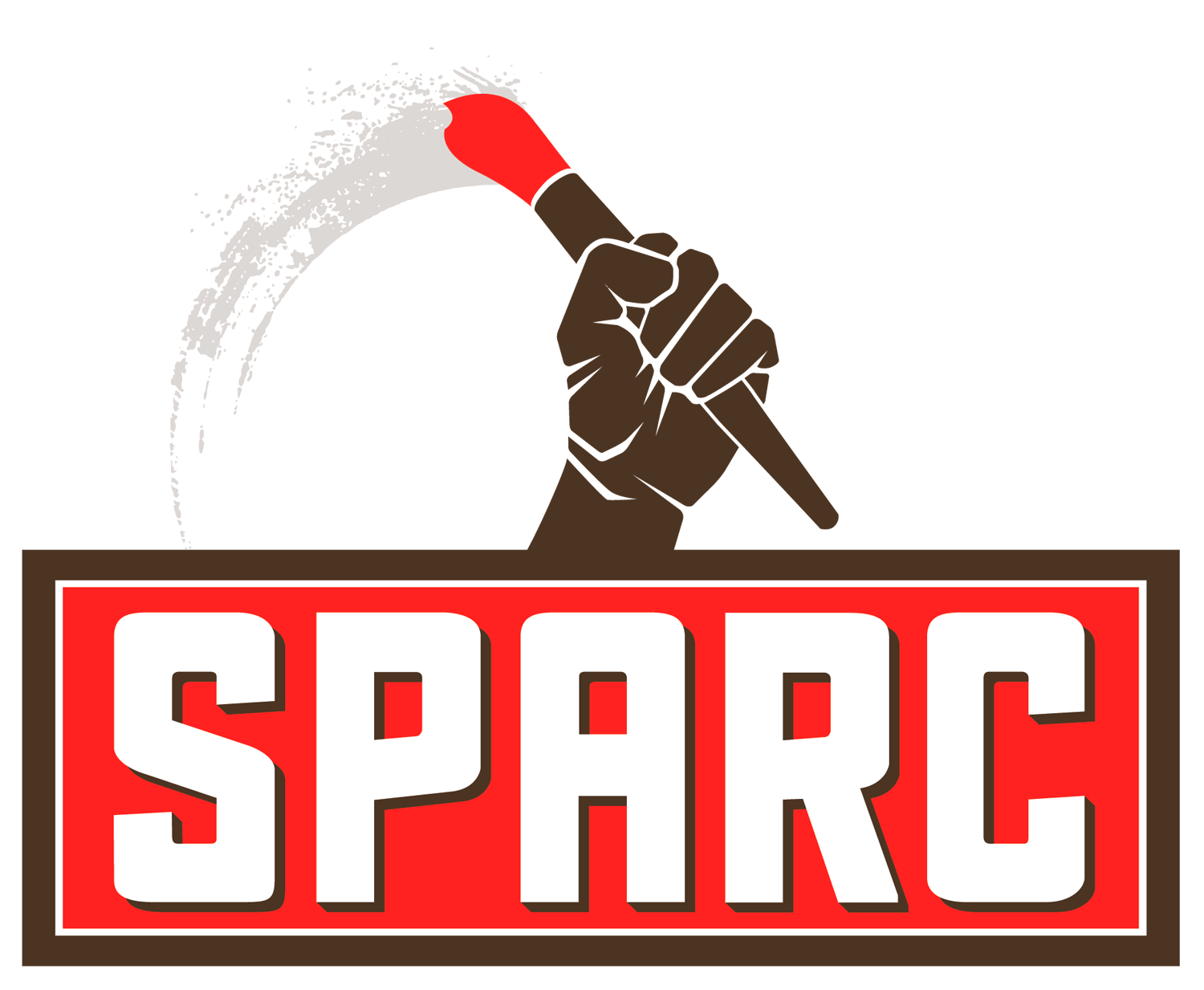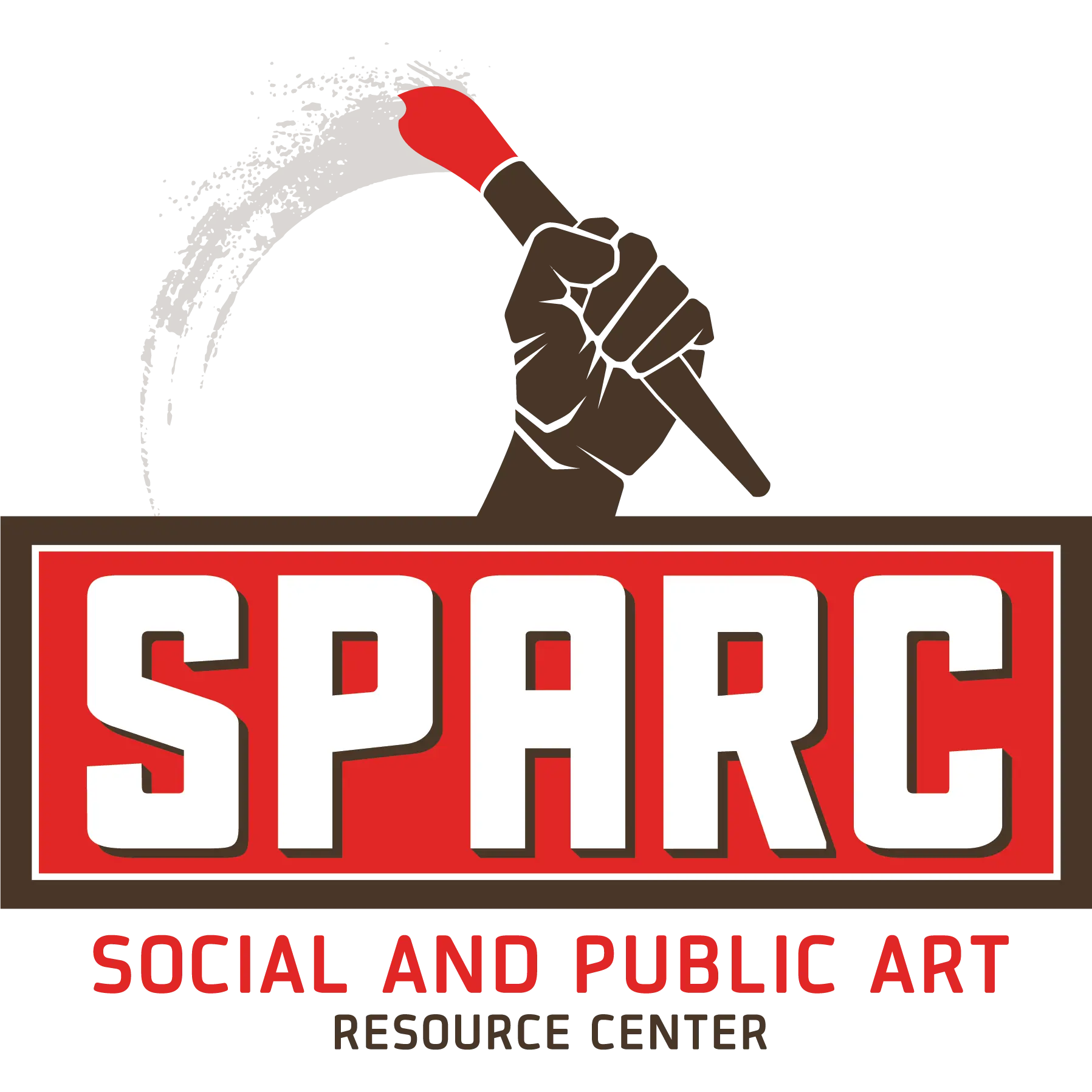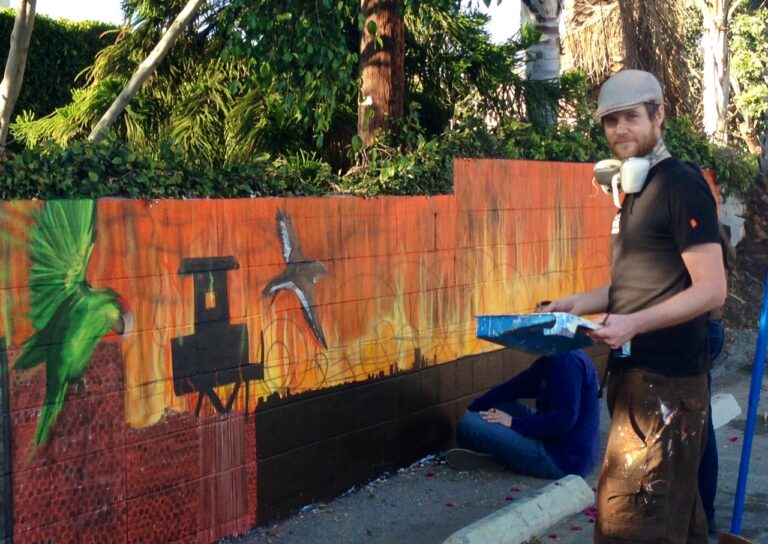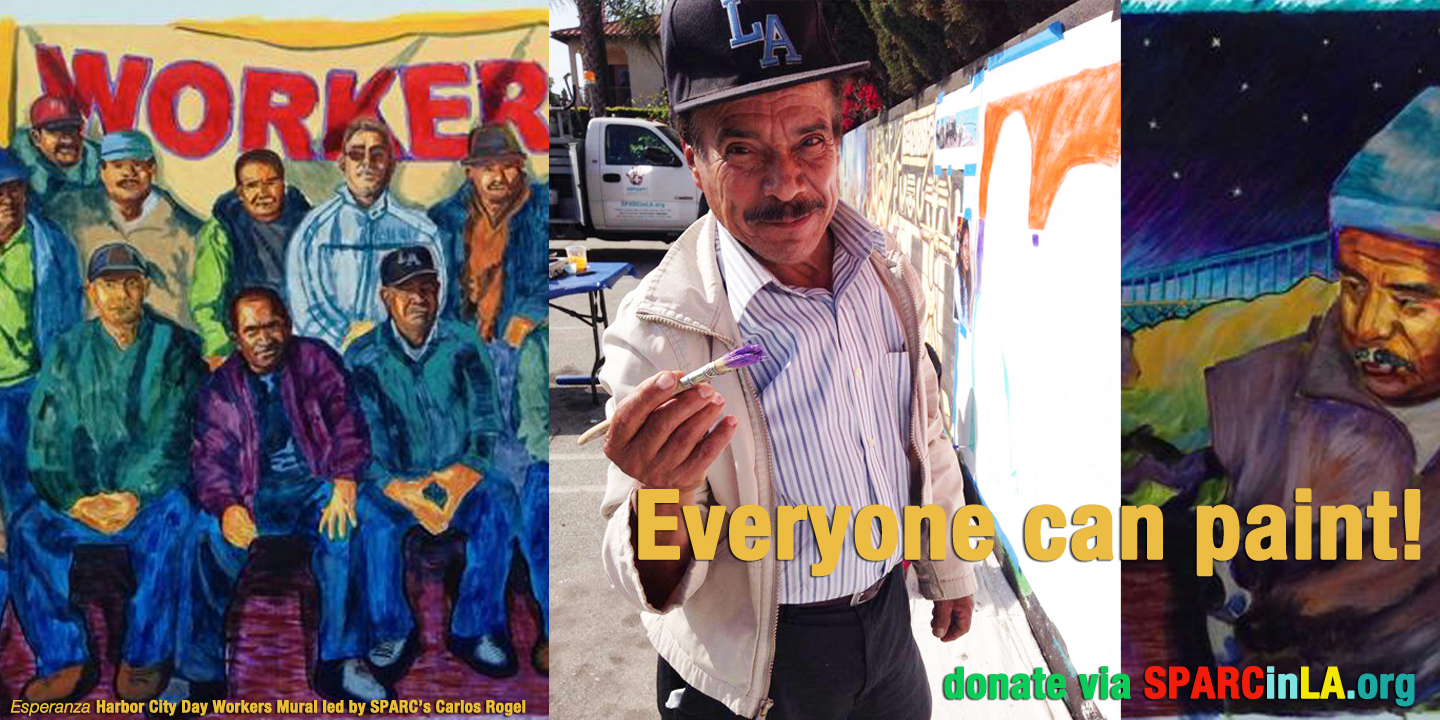The World Wall: A Vision of the Future without Fear
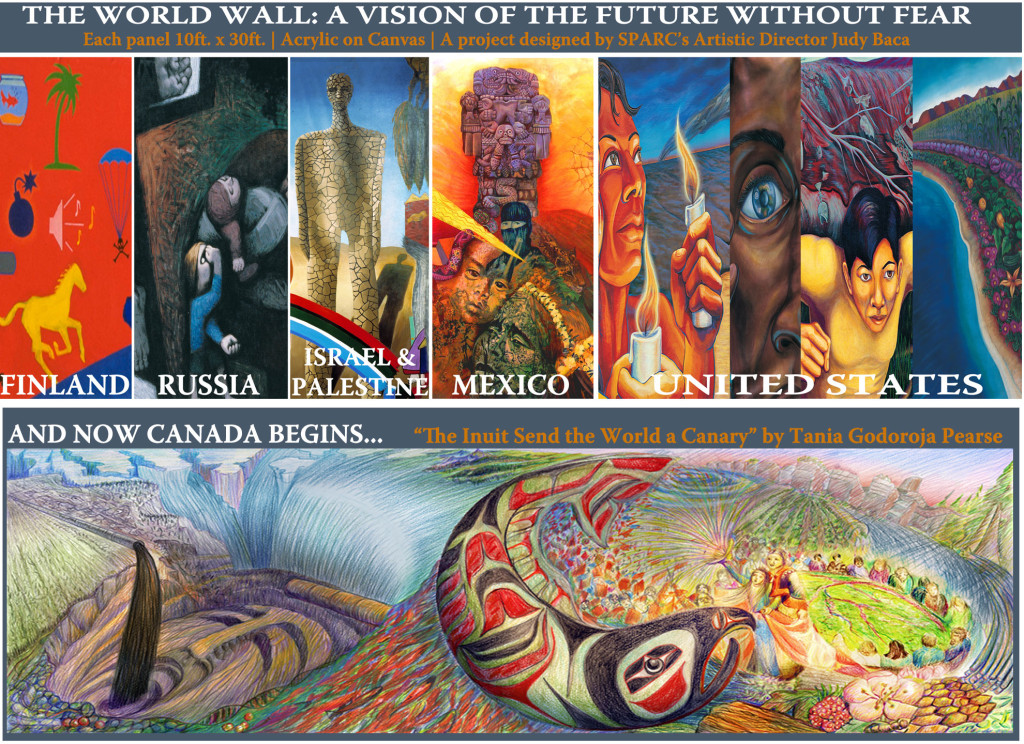
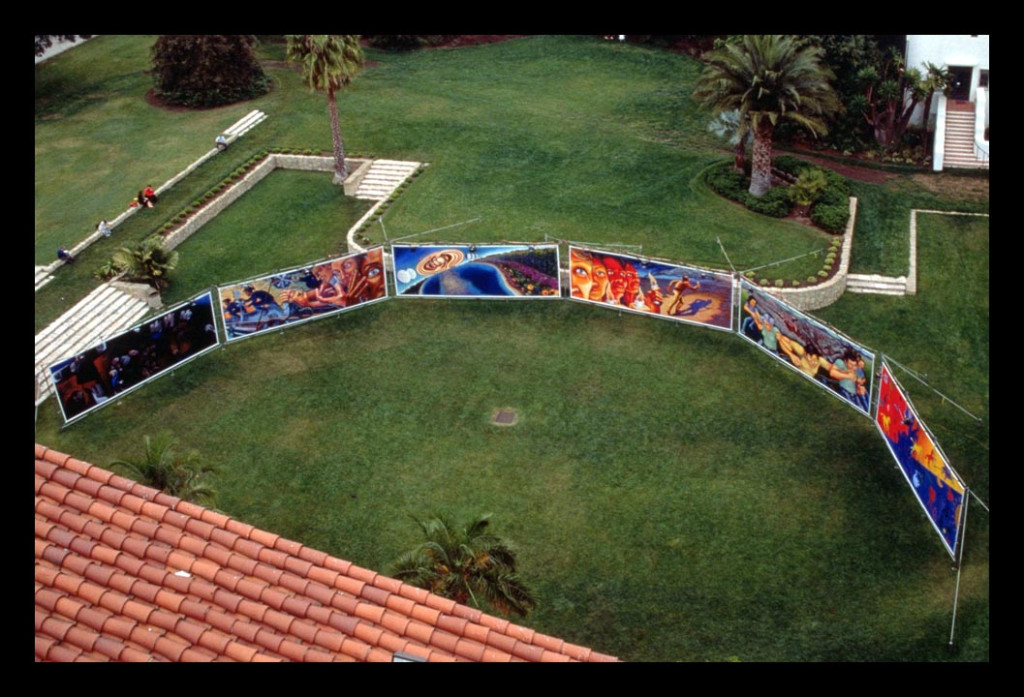
ABOUT THE WORLD WALL PROJECT:
Collaborative art brings a range of people into conversations about their visions for their neighborhoods and their nations.
Finding a place for those ideas is the most challenging task for public artists in this time.
– Judy Baca
The World Wall: A Vision of the Future Without Fear is a traveling installation mural, which SPARC’s Artistic Director and UCLA Distinguished Professor Judith F. Baca conceived during the heightened arms race of the late eighties and early nineties. Because of its scale, international participation, and traveling exhibition nature, it is still a work in progress. Since its inception, both national and international artists have completed eight large-scale mural panels. The collective works, entitled the World Wall, travel to various countries fostering dialogue on contemporary issues of global concern: war, peace, cooperation, interdependence, environment and globalization.
International artists are asked to produce a new work 10x30ft that will travel with the World Wall after conducting dialogues in their home country, examining the contemporary moment in which the work is being made, and creating imagery of a vision for the future. In a sense artists act as visionaries for their country at a moment of change and creatively depict this vision for a world audience.
The World Wall is ultimately to be comprised of 14 individually themed and painted 10’ x 30’ canvas panels that, when installed, become a 100 foot diameter circle with 7 panels facing in and 7 panels facing out. The murals in a circular installation create an arena for public dialogue of global issues. Invited world artists will paint the 7 outer panels. Baca and her SPARC Team have been in the process of creating the seven interior panels of which, to date, she has completed four: “Triumph of the Hearts,” dealing with individual transformation and self examination inherent in the process of becoming an agent for peace; “Nonviolent Resistance,” that emphasizes nonviolent social change; “Balance,” a call for harmony between male and female, and between human beings and the Earth; and “Triumph of the Hands,” the necessary material transformation and economics of labor. This work is the counterpart to the spiritual transformation in “Triumph of the Hearts.”
The World Wall features four outer mural panels by international artists: “Alternative Dialogues,” from Finland, unveiled at the Meeting of the Worlds Conference in Joensuu, Finland, the Russian panel “The End of the 20th Century” unveiled at Gorky Park, Moscow, then the mural painted by an Israeli-Palestinian team entitled “Compromise/Inheritance,” was unveiled here in the United States and finally in Mexico City, the Mexican mural panel “Tlazolteotl: The Creative Force of the Unwoven” was unveiled. And now the Canadian artist team is working on theirs entitled “The Inuit Send the World a Canary.”
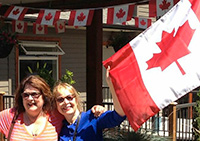
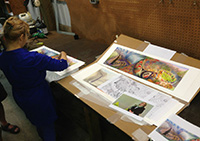
![photo[1a]-sm](https://sparcinla.org/wp-content/uploads/2013/07/photo1a-sm.jpg)
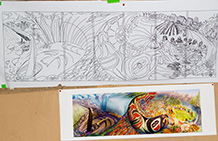
ABOUT THE CANADIAN PANEL:
The ravens are calling overhead as we rest under a Canadian maple tree from our morning’s work installing the new 10ft x 30ft panel of the World Wall in a tractor barn on Mayne Island in the Southern Gulf Islands of British Columbia. It will be the ninth mural in the series begun in the height of the Cold War.
The working title of the Canadian work is “The Inuit Send the World a Canary”, inspired by Sheila Watt-Cloutier who brought international attention to the spectra of global warming changes in the north several years ago at a circumpolar conference. Inuit elders spoke of seeing new insects for which they had no names, as the warming climate spreads their habitats north. Today, at latitudes where climate warming effects appear to be most accelerated, there is less arctic ice than ever in history, seriously diminishing the reflection of solar heat back into space and changing the distribution and movements of polar bear and marine mammals such that the natural ecological systems the Inuit depend on for their way of life are being irrevocably altered.
Designed by artist Tania Godoroja Pearse, the mural speaks to the issues of both global warming and rapacious exploitation of natural resources, and their profound and uncontrolled destruction of Canadian life and landscape. Rampant nonrenewable resource development in the form of mining, oil sands and shale gas extraction, along with leaking oil and gas pipelines crisscrossing our waterways and lands like a web of bleeding arteries, continue to threaten our collective ways of living and our natural systems upon which we all depend.
Tania explains the work. “The central image is the salmon which is the symbol of interconnectedness between water, land, animal life and humans. The salmon is cultural keystone of West Coast First Nation peoples’ culture, art, and way of life. Its mythical cycle has been part of their lives since time immemorial. Mines and pipelines threaten to change these ways of being, irreparably. Not only are fish habitats threatened but so also is the basic human right to fresh water. Along the salmon spawning route are fish farms that further add to the demise of a major food source.
Sheila Watt-Cloutier sent us a canary, and yet we continue collectively to ignore it. This new addition to the World Wall is another “canary”, taking up the call to action on reversing these destructive processes to save our living planet.
Click Here FOR ARCHIVAL INFORMATION OF TANIA’s PROCESS (Canada Tab) or World Wall
